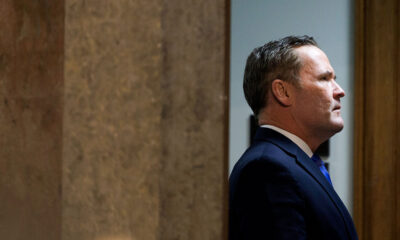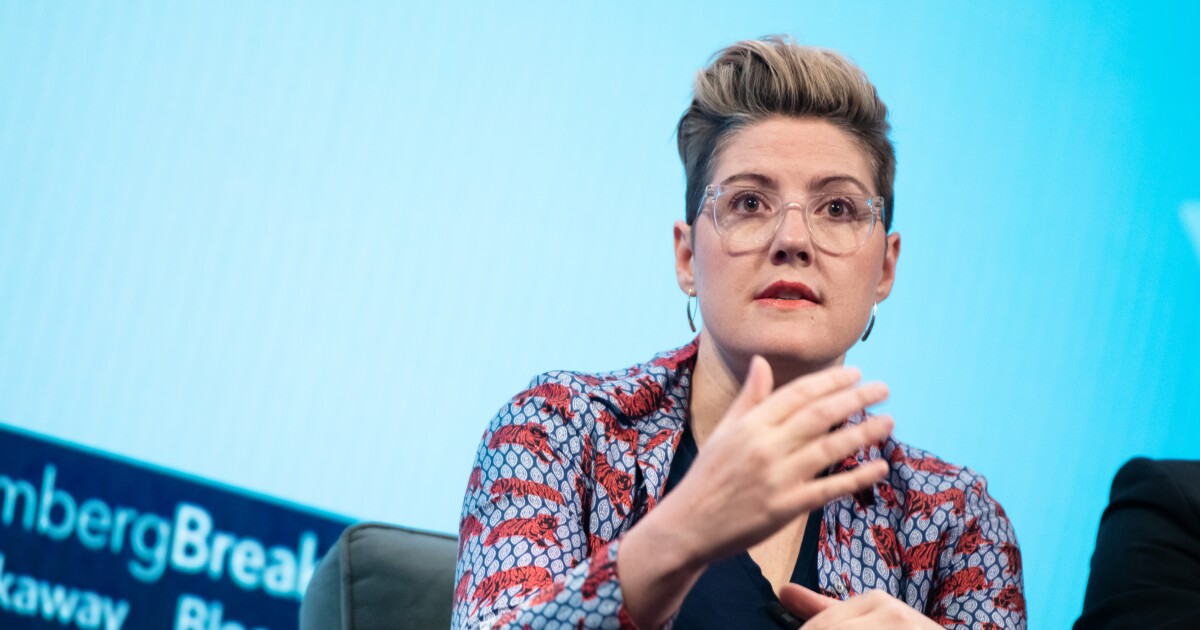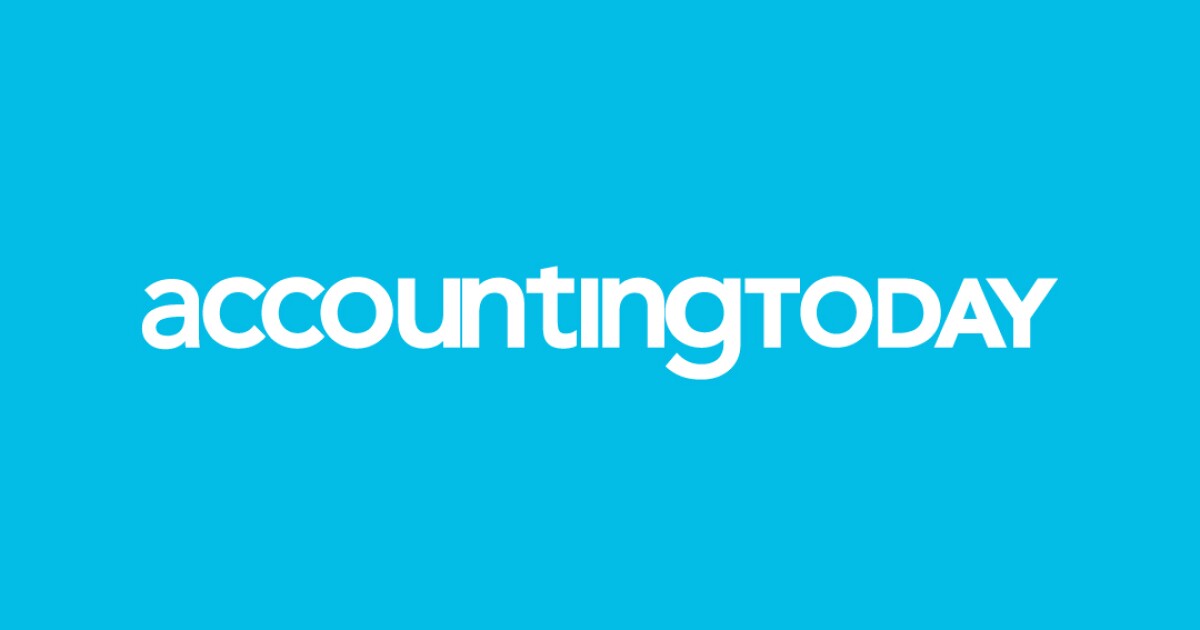There’s a quiet unraveling happening. Diversity, equity and inclusion — once integral parts of modern accounting firm growth and sustainability — are being shoved aside to appease political pressure and legal uncertainty. Some firms are hesitating, dialing back or even abandoning these initiatives entirely. Such moves are not only short-sighted but a surefire way to weaken resilience, profitability, and relevance.
A diverse team isn’t about filling seats or meeting quotas; it’s about breaking free from the hive mind. It’s about assembling a group of thinkers and doers who expose blind spots and spark the kind of creativity that drives real innovation. Research from McKinsey found that companies in the top quartile for ethnic and gender diversity are significantly more likely to outperform their peers financially. In public accounting, where strategic problem-solving is paramount, diverse perspectives aren’t just an advantage, they’re the key to stronger client solutions, smarter risk management, and lasting financial strategies.
The numbers don’t lie — organizations that embrace DEI aren’t just making better decisions; they’re raking in higher profits and establishing long-term growth. A study by Cloverpop found that diverse teams make better decisions 87% of the time compared to homogenous teams. Add to that a Boston Consulting Group statistic showing businesses with diverse leadership teams generate 19% higher revenue from innovation. The message is clear: for accounting firms battling to stay sharp in a competitive market, dismantling DEI efforts is like throwing away free money.
Meritocracy? Only if it’s real
Here’s the irony: opponents of DEI love to champion merit-based promotions as if supporters are somehow against it. Spoiler alert: they’re not. The catch is real merit isn’t always what’s being measured. The playing field is rarely level, and here’s why:
- Legacy hires: Those with the ‘right’ family connections or alma maters are often given preference, regardless of qualifications.
- Lookalike leadership: Candidates who resemble the majority of the leadership team in race, gender and background tend to get preference, consciously or not.
- The “good fit” myth: This is often used when a hiring manager wants to justify hiring someone who “feels” like they belong over someone with better credentials and performance. I heard it firsthand when I was laid off from a marketing leadership role at a major accounting firm. “You’re not a good fit.” Translation: You don’t look or act like the status quo we’re comfortable with. Everyone who hears it recognizes the excuse for what it is — it doesn’t hide bias, it amplifies it.
DEI isn’t about giving unqualified people an advantage — it’s about removing barriers that keep qualified candidates from making it to the starting line. If we’re serious about merit, that means ensuring equal access to mentorship, career development, and advancement opportunities. A system that isn’t fair to start with can’t call itself merit based.
The “lowering standards” myth
Another favorite talking point of DEI critics is that hiring or promoting underrepresented groups means lowering standards — as if every woman, person of color or veteran who gets a leadership role must have been handed the job. It’s nonsense.
In reality, most underrepresented professionals often must jump through hoops and outperform their peers to get a fraction of the recognition. Studies have shown that women and most members of underrepresented groups:
- Receive less informal mentorship and sponsorship than their majority group counterparts, limiting access to career advancement opportunities (Lean In).
- Are less likely to be promoted based on potential and instead must prove themselves over and over again (McKinsey Women in the Workplace Report).
- Face harsher performance evaluations than white men for the same work, and are often described as “not leadership material” due to bias (Harvard Business Review).
Meanwhile, plenty of underqualified members of majority groups have been promoted into leadership roles simply because they “fit the mold.” That’s not meritocracy; it is preferential treatment — and a real threat to high standards.
Employee retention and satisfaction
Creating an inclusive workplace isn’t just good PR, it’s essential for retaining top talent. Want proof? Organizations with strong DEI initiatives experience 22% lower turnover and 27% higher employee engagement, according to Deloitte. Those aren’t just data points. They are the voices of employees saying they want to work in places where they feel valued, have equal opportunities, and aren’t constantly battling bias.
Employees want respect and the chance to thrive. And in an industry like accounting, already grappling with a significant talent shortage, ignoring DEI isn’t neutral; it’s self-sabotage.
Firms that fail to create and sustain environments of belonging won’t just lose great people, they’ll lose clients, momentum and their competitive edge.
U.S. growing more diverse
The U.S. isn’t getting more diverse; it already is. Younger generations have crossed into majority-minority territory, and the rest of the population isn’t far behind (U.S. Census Bureau). Treating diversity as a “future priority” is a classic case of chasing lagging indicators while ignoring the leading ones that are screaming right now. If accounting firms want to lead and not scramble to catch up, their teams need to more closely mirror the world they serve.
Clients prefer to work with firms that get them, culturally and professionally. They want advisors who understand their challenges, not just their balance sheets. At the same time, the next wave of talent isn’t looking to adapt to outdated norms; they want to be a part of something better. Firms that cling to the past or the comfortable will bleed business and watch their best prospects join the competition or start their own thing instead. Diversity isn’t a box to check; it is the inevitable result of good policy.
Client relationships and reputation
Clients are paying attention to the diversity of the firms they work with as well. Studies show that companies with diverse teams:
- Have higher client satisfaction scores;
- Are more apt to attract a wider array of clients from diverse markets; and
- Build reputations that magnetize high-value partnerships.
If your firm’s reputation and growth matter, maintaining a commitment to DEI should be non-negotiable.
Continuing DEI efforts without legal backlash
Some firms are hitting the brakes on DEI initiatives, worried about lawsuits or political heat. While the business case for DEI is stronger than ever, firms must navigate these waters strategically and within the law. While I am not a lawyer and urge you to get legal counsel when needed, here are some practical ways to stay committed to DEI and mitigate risks:
- Frame DEI as anti-discrimination and equal opportunity: Instead of presenting DEI as a preferential program (which it isn’t), position it as an extension of existing anti-discrimination law (which it is). The goal is to remove barriers, not create them, which is a message that aligns with legal protections already in place.
- Open all programs to everyone: Employee resource groups, mentorship programs and leadership development should be accessible to all employees. Instead of exclusive DEI-specific initiatives, embed inclusion into company-wide programs to reinforce fairness and avoid any hint of exclusivity.
- Concentrate on the business case: Focus on how diversity improves business outcomes, rather than on moral imperatives. Emphasize that DEI helps attract top talent, drives profitability and improves decision-making. This keeps everyone focused on the business benefits, not ideology.
- Evaluate hiring and promotion practices: Make sure your firm’s hiring and advancement processes genuinely reward merit. Standardized job descriptions, structured interview processes, and blind resume reviews can help ensure fair, bias-free evaluations — which, ironically, is what DEI critics claim to want.
- Drop quotas, build pipelines: Forget rigid quotas. Focus on expanding access through outreach, education and mentorship programs. Invest in long-term pipeline development that creates equitable opportunities without reducing hiring to a numbers game.
- Stay compliant with anti-discrimination laws: Regularly review your policies with legal counsel to ensure compliance with Title VII of the Civil Rights Act and other employment laws. A well-structured DEI program should never prioritize one group over another; it should ensure a level playing field for all.
The bottom line: Be smart, not scared
With the right strategies and structures in place, accounting firms can continue building inclusive, high-performing teams without unnecessary legal risks. The key is fairness, transparency and a business-driven approach. At the end of the day, DEI isn’t about preference; it’s about bold, measurable progress for individuals, firms and the profession as a whole.


 Economics5 days ago
Economics5 days ago
 Personal Finance6 days ago
Personal Finance6 days ago
 Economics6 days ago
Economics6 days ago
 Accounting4 days ago
Accounting4 days ago
 Personal Finance6 days ago
Personal Finance6 days ago
 Economics4 days ago
Economics4 days ago
 Personal Finance7 days ago
Personal Finance7 days ago
 Personal Finance7 days ago
Personal Finance7 days ago











